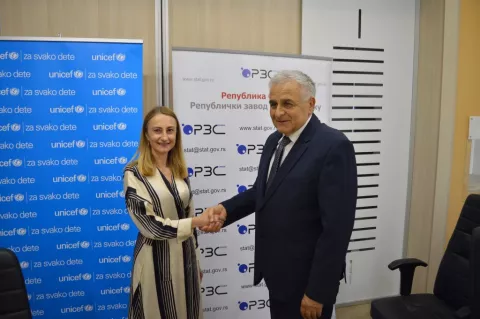Child Functioning Module
Secondary Analysis of Mics6 Data

- Available in:
- Srpski
- English
Highlights
The secondary analysis of data gathered through the module on child functioning aimed at exploring contextual factors — family,
household, school and system level factors — contributing to the disadvantaged position of children with functional difficulties. We
used databases from the nationally representative sample and the sample of Roma households living in Roma settlements. The target group were primary caregivers of children 2 to 4 and 5 to 17 years old with functional difficulties, i.e., children assessed by their caregivers as having a lot of difficulties or being unable to perform the expected activities in at least one area of functioning.
Based on the analysis, we identified subsegments with a significant disproportion between children with functional difficulties and their peers of typical development.
Following the UNICEF Global guidance, the analysis comprised of four steps:
- Theoretical selection of the variables;
- Selection of the variables based on the sample size;
- Selection of the variables based on the statistically significant differences;
- We highlighted differences in the prevalence of children with functional difficulties, where 95% confidence intervals do not overlap.
It is important noting that despite small size of samples, representative sampling strategy allows us to confidently generalize our findings from the MICS6 study to the population of children in Serbia.



